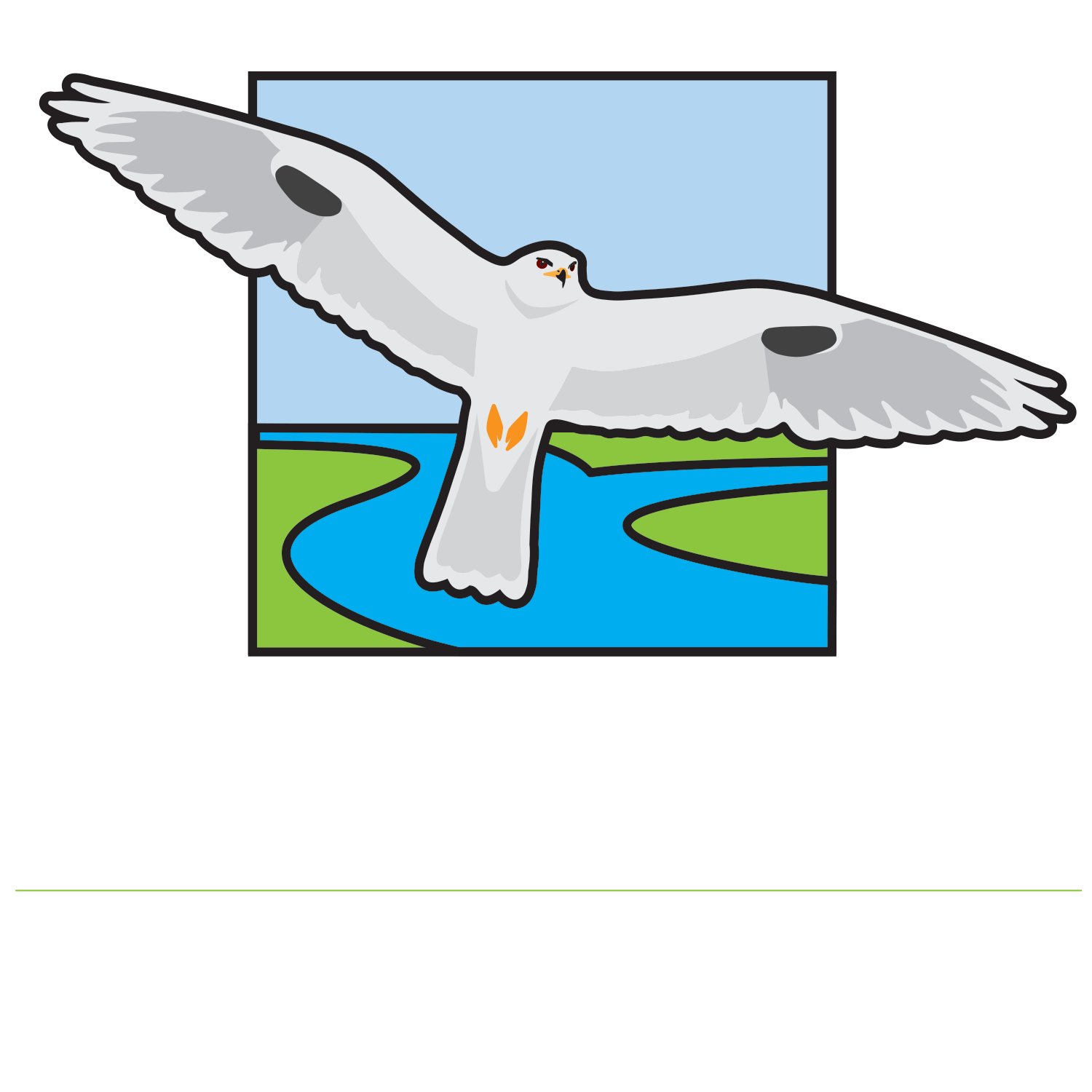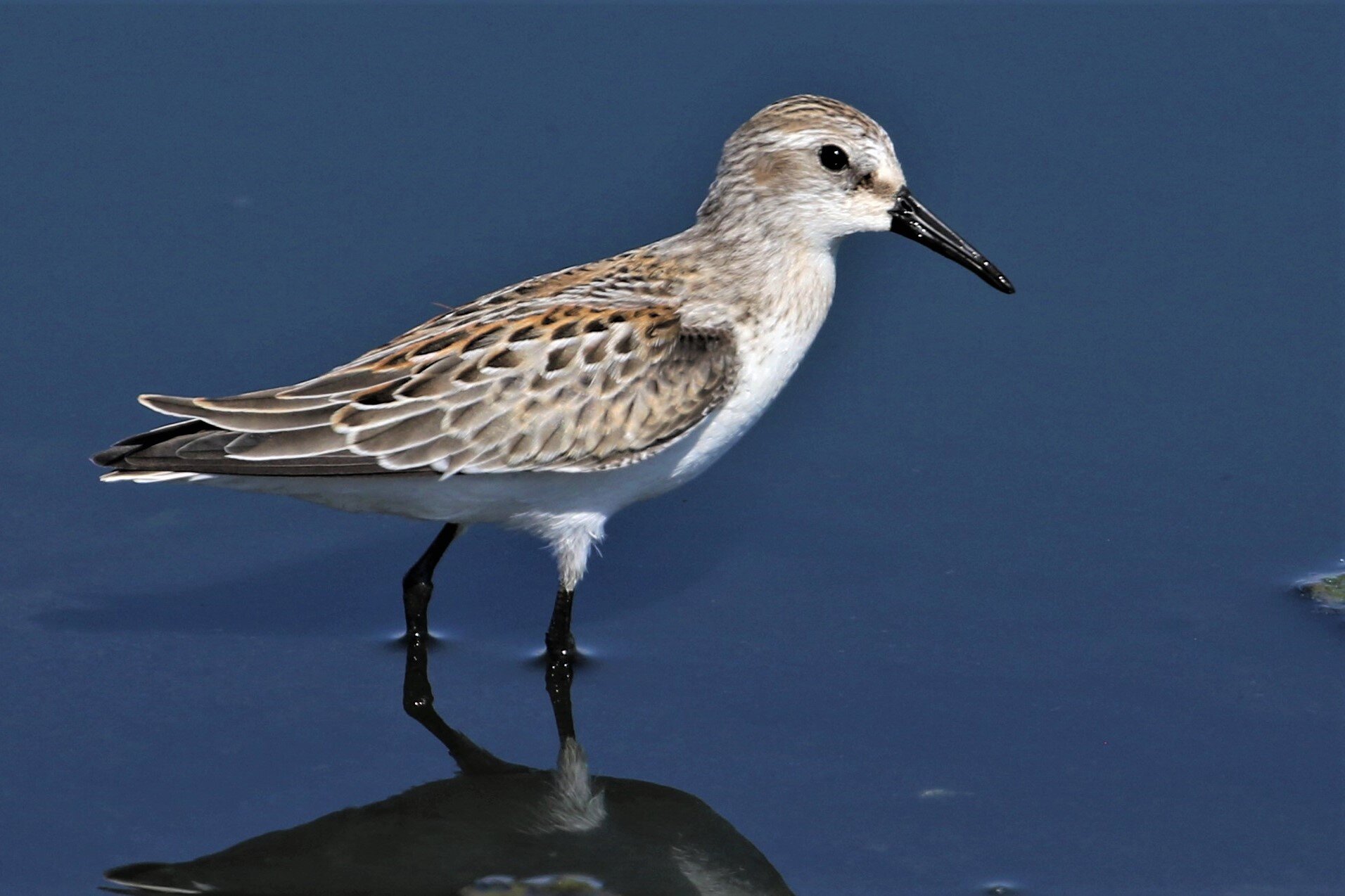Shorebirds are among the most dynamic, interesting, and well-travelled animals on the planet. Yet, they are often overlooked even by intermediate birders. Nearly anyone who spends time outdoors is aware of waterfowl, raptors, and the birds that come to backyard feeders. With a few exceptions, shorebirds can be missed without an active search. But when good habitat is found, the views can be spectacular. Unlike many birds that hide deep in vegetation, shorebirds do their thing in the open. If you're patient, and with a little luck, you can approach rather closely. The fleeting nature of shorebird habitat--drying fields, wetland edges, or mudflats--adds to the fun when good conditions can be found and savored.
I am somewhat spoiled when it comes to shorebirds, with my job at the Bufferlands and access to the Sacramento Regional Wastewater Treatment Plant. Pre-Covid, when we found a rarity or had particularly good conditions, I would arrange for access for people to see these birds (there is no unguided public access). But like so many things, this is now on hold. To date, we have recorded 31 species of shorebirds on the property. Recent highlights include Snowy Plover, Ruddy Turnstone (very rare inland), and Semipalmated Sandpiper. My coworker, Steve Scott, was able to take really nice photos of the latter two.
Ruddy Turnstone, Image by Steve Scott
Semipalmated Sandpiper, Image by Steve Scott
Shorebirds in our region include stilts and avocets, plovers, and the highly diverse sandpiper family (from the six-inch Least Sandpiper to the 23-inch Long-billed Curlew). Life strategies range from local-breeding Killdeer and Spotted Sandpipers, to the Long-billed Curlews breeding in semi-arid grasslands of the West, and Arctic breeders like Whimbrels, Western Sandpipers, and Black-bellied Plovers. Finding shorebirds usually requires knowledge of timing and available habitat. Sites with good track records you can visit include Cosumnes River Preserve (Desmond Rd and the wetlands west of Franklin Blvd), Yolo Bypass Wildlife Area, and the Woodland Wastewater Treatment Plant. Recently, there have been interesting reports along the shore of the receding Folsom Lake. Like the shorebirds, birders who seek them need to find the transitory habitat conditions the birds use. Migration pulses from late March through early May and again from July through early October, with many species wintering locally.
Western Sandpiper, Image by Chris Conard
For more on this topic, I recently gave an online talk for the Bufferlands about local shorebirds. If you're interested, visit www.bufferlands.com and click on "Calendar of Events" for this talk and five others on birds and other natural history topics.
-Chris Conard



